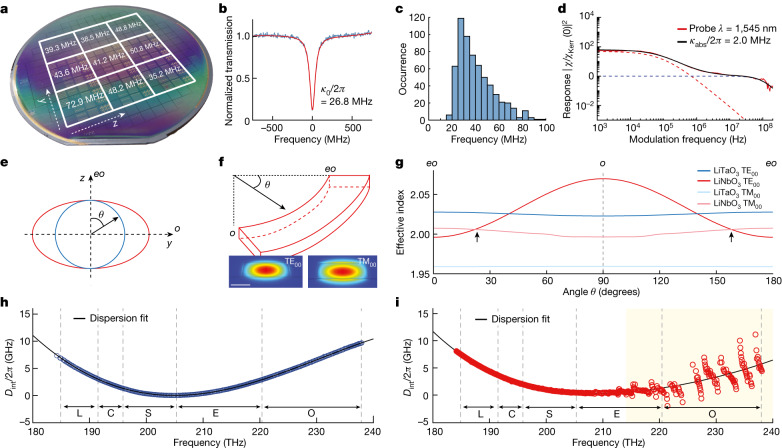Fig. 2. Optical characterization of LTOI PICs.
a, Wafer-scale map of mean intrinsic loss, κ0/2π, for similar resonators. b, Normalized resonance transmission spectrum of an optical racetrack microresonator at 209.358 THz. c, Statistical distribution of intrinsic loss, κ0/2π, of the optical racetrack microresonator. Mean = 40.4 MHz, median = 36.4 MHz. d, Nonlinear optical-response measurement (solid red line) and fit (solid black line) of the thermo-optical (red dashed line) and Kerr (blue dashed line) nonlinear responses of the optical microresonator, demonstrating ultralow optical absorption loss. e, Illustration of the LiNbO3 (red) strongly negative uniaxial and LiTaO3 (blue) weakly positive uniaxial crystal birefringence. For LiTaO3, ordinary refractive index nLT.o = 2.119, extraordinary refractive index nLT.e = 2.123 and the difference ΔnLT = 0.004; for LiNbO3, ordinary refractive index nLN.o = 2.21, extraordinary refractive index nLN.e = 2.14 and the difference ΔnLN = −0.07. f, Illustration of the curve angle, θ, and fundamental transverse electric (TE00) and transverse magnetic (TM00) mode profiles in LTOI. Scale bar, 1 μm. g, Numerical simulation of fundamental TE00 and TM00 optical-mode effective refractive indices of LNOI (red) and LTOI (blue) as a function of the angle between the waveguide and the y axis of the x-cut LNOI or LTOI film. The reduced birefringence of LTOI precludes unwanted birefringent mixing between fundamental TE00 or TM00 modes in thick waveguides. Arrows indicate birefringent mode mixing. h, Dispersion profile of an LTOI racetrack microresonator with the waveguide cross-section 2 μm × 0.5 μm and a slab 100 nm thick. D1/2π = 82.234 GHz, D2/2π = 197.88 kHz. L, C, S, E and O telecommunication bands are marked with vertical dashed lines. i, Dispersion profile of an LNOI racetrack microresonator with similar cross-section and strong mode mixing at frequencies above 215 THz, which occupies the E-band and the O-band in the optical communication. D1/2π = 80.83 GHz, D2/2π = 105.72 kHz.

